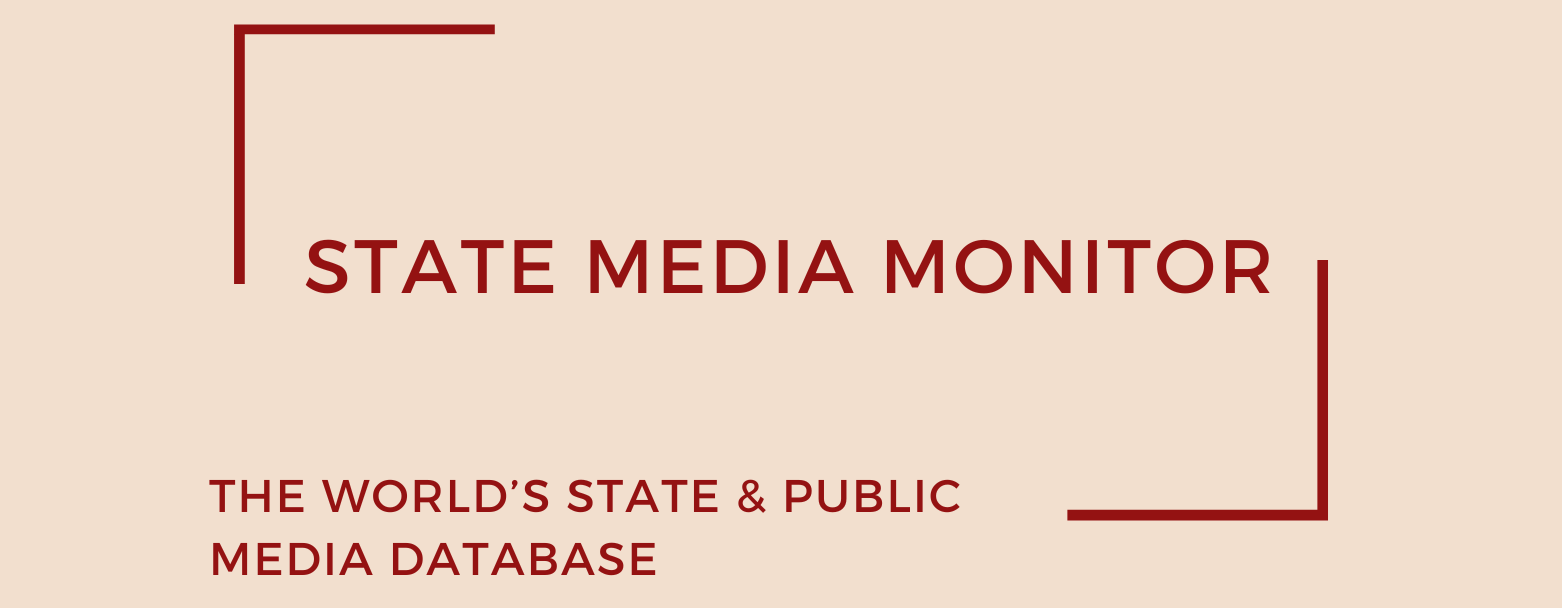State and Public Media in Sub-Saharan Africa in 2021
Sub-Saharan Africa is overwhelmingly dominated by the state-controlled media model, with some 97% of 107 state media outlets in Sub-Saharan Africa being state-controlled or captured public/state media, which is by far the highest incidence of state control in the world.
There are only three exceptions. One is Sidwaya, a media company run by the government of Burkina Faso that consists of several print publications and the Burkina Agency of Information (AIB), the country’s flagship news agency. Although it relies on funding from the government and is subordinated to the Ministry of Communication and Relations with Parliament, there are no formal editorial rules forcing the media outlets run by Sidwaya to grant favorable coverage to authorities. State authorities exert some influence in Sidwaya, yet we could not identify in the past seven years any instances of editorial control by the government. The other two exceptions are Société nouvelle de presse et d’édition de Côte d’Ivoire (SNPECI), a state-owned publishing house in Côte d’Ivoire whose main publication is Fraternité Matin, a widely read tabloid newspaper that enjoys editorial freedom in spite of frequent pressures from high officials, and Agence Ivoirienne de Presse (AIP), the official news agency in Cote d’Ivoire, headquartered in Abidjan, which is predominantly funded by the government and subordinated to the Ministry of Communications, yet remains editorially autonomous.
This considerable state control in the African media is the result of a long period of failed experiments aimed at building vibrant public service media across the continent, but also of the lack of financial sustainability on the African media markets, which forced many publishers to accept the state intervention to stay afloat.
Hendriek Bussiek, a media expert who authored a spate of reports on African broadcasting, wrote: “Government control over national broadcasters is evident. National broadcasters largely have their boards appointed by the government. They are owned, supervised and maintained by the government and often run as government departments, with employees having the status of civil servants.”
Africa also has one of the highest rates of state ownership in the print media. Nearly a fifth of all media players canvassed by our research are print media publishers in countries such as Burundi (Publications de Presse Burundaise, PPB), Mozambique (Sociedade de Notícias), Tanzania (Tanzania Standard Newspapers), Zanzibar (Zanzibar Newspaper Corporation, ZNC), Angola (Edições Novembro E.P.) or Namibia (New Era), among many others.
Finally, news agencies across most of Africa remain heavily state-controlled. A quarter of all state-controlled news media in Sub-Saharan Africa are government-controlled.
Citation (cite the article/profile as part of):
Dragomir, M. (2025). State Media Monitor Global Dataset 2025.
Media and Journalism Research Center (MJRC).
Zenodo.
https://doi.org/10.5281/zenodo.17219015
This article/profile is part of the State Media Monitor Global Dataset 2025, a continuously updated dataset published by the Media and Journalism Research Center (MJRC).
